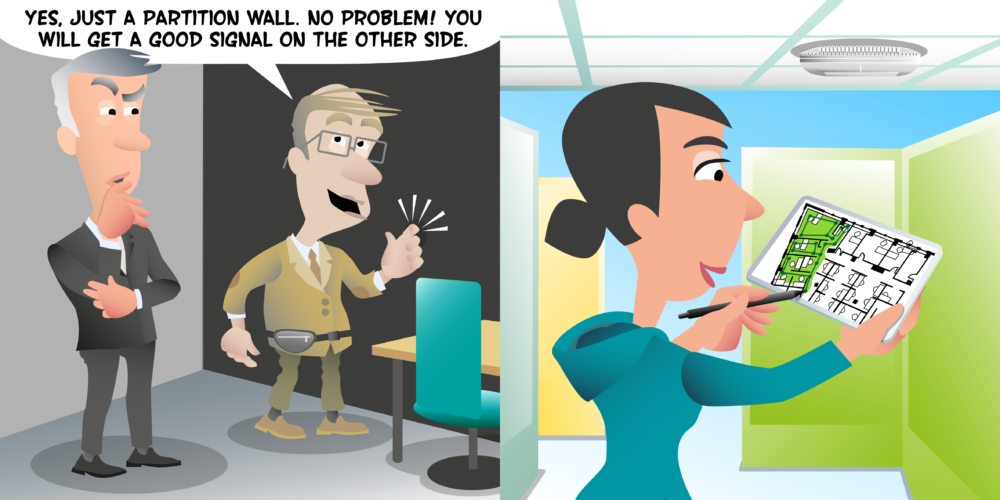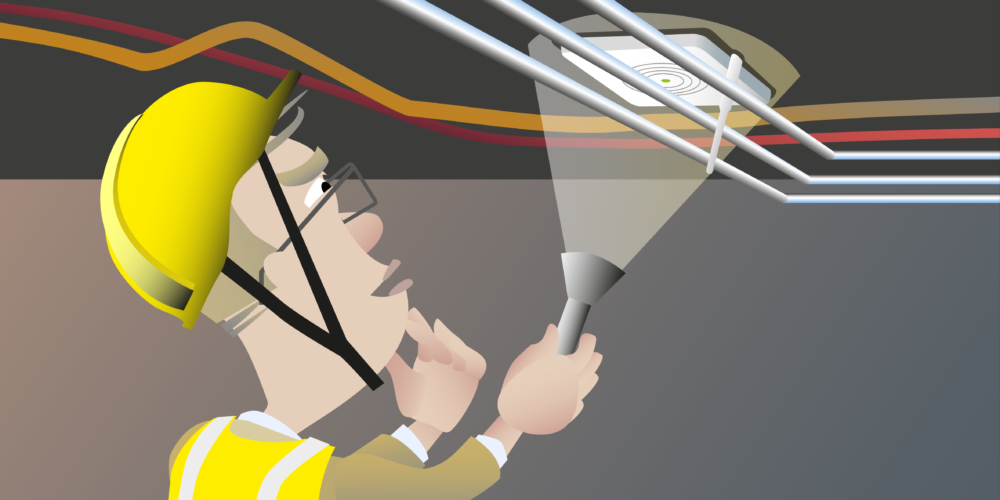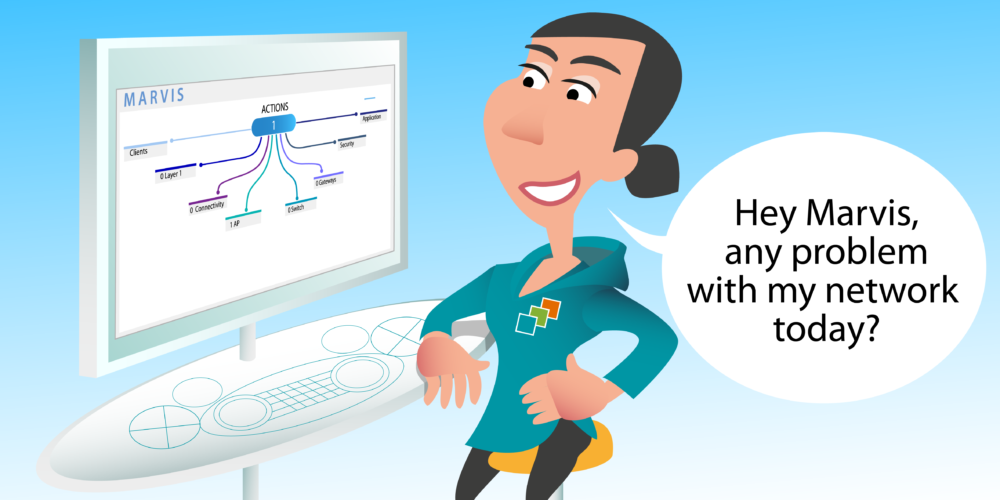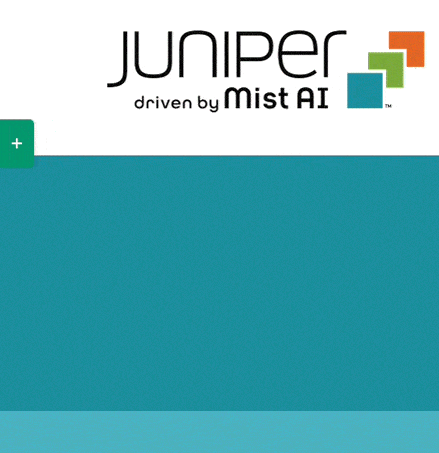#29 DIAGNOSE
Assess an existing network against a current set of requirements

Hello. Now, the diagnose stage is where we assess the design of an existing wireless network against a set of requirements. The network we are assessing may not be a network we have designed. It could be we’ve only been brought in to perform a health check where we are required to validate the network meets the concept of requirements the business has. Now the reason for requiring such an assessment may vary. It may be the business is experiencing some wireless issues or maybe the requirements have changed and the business wants to check if their current network meet their current requirements.
Perhaps when the wireless network was originally designed, the majority of colleagues used work stations with ethernet connections. But now there’s been a move towards remote working and hot-desking and most of the employees have a laptop and nearly all meetings are taking place via teleconferencing. With such a change in the requirements, the business now wants to understand that their current infrastructure will meet this new set of requirements.
So what sort of activities might be part of the diagnose stage? Well, we might want to perform an RF survey just as we would at the end of the deploy phase, check we have enough primary coverage, secondary coverage [inaudible 00:01:39]. Do we have too much co-channel contention? But also as part of this assessment, we might want to do some roaming testing. Is the roaming behavior of our devices as we expect? Do they roam quick enough? We may also perform a replication testing at this stage too. An important thing to remember here is we are testing the requirements. Simple requirements is to have, let’s say, support 10 simultaneous voice calls. Then we need to test can the network do this? But we may also do some test to find where the breaking point of the network is. So, okay, we can support 10 simultaneous voice calls but how many voice calls can we support before we experience problems?
And following an assessment, there might be some optimization work needed. This could be as simple as changes to the channel and transmit power configuration or we might actually need to install new access points or relocate existing access points. It might also be the case that a full new RF design is required and we end up going right back to the beginning of our framework. In fact, very often today we start our wireless LAN framework with the diagnose phase. Often we will first assess an existing network. How is it currently being used? And then we go back and design a new one. Now the optimization stage is not only focused on infrastructure, it may also involve updating client settings and updating client drivers and software.
Once any optimization work has been carried out, we’ll want to start monitoring the network to ensure it continues to meet the business requirements. Now, Mist Service Level expectations though, SLEs, are one way we can do this. You see, Mist SLEs can tell us when we don’t have enough coverage or capacity or if a client is roaming slowly or not as expected.
Now, the reason our framework is shown as a circle is that there’s no start or end place. We might start at the diagnose phase or we might end at the diagnose phase. We might define the current requirements and then diagnose an existing network to see if it meets it. And then depending on the results of our diagnose stage, we might then move to the design. So do you see how we can move around a circle in many different ways? So thank you for watching this overview of our diagnose phase of our wireless LAN framework. Goodbye.

#30 Validation
Validating a wireless network should involve the following activities: RF Survey to validate RF coverage Validate correct roaming behavior Validate application performance and service availability Spectrum Analysis to identity the presence of any interference sources [...]
#31 Optimization
Changing client settings Upgrade/Downgrade driver and firmware versions Enable/Disable infrastructure features Replacing devices Fix or replace faulty access points Changing mounting & orientation of access points and antennas Ensure wired network services are available [...]
#32 Monitoring
Mist provides monitoring through their Predictive Analytics and Correlation Engine (PACE), the industry’s first true attempt at applying data science and machine learning to understand the actual end-user experience on the networks. The primary Mist dashboard [...]






